Stories, insights, and advice
Transform how you design and build for the web.
Latest articles

The AEO voices to watch in 2026
AEO’s most influential voices every marketer should follow
Latest articles
Development
Expose your Webflow CMS with a simple API
Strategy
Building brand-aware global websites: LILT’s enterprise AI strategy
Design
8 web design trends to watch in 2026
Development
The true cost of open source CMS

Strategy
How Webflow Cloud extends static publishing into full-stack apps
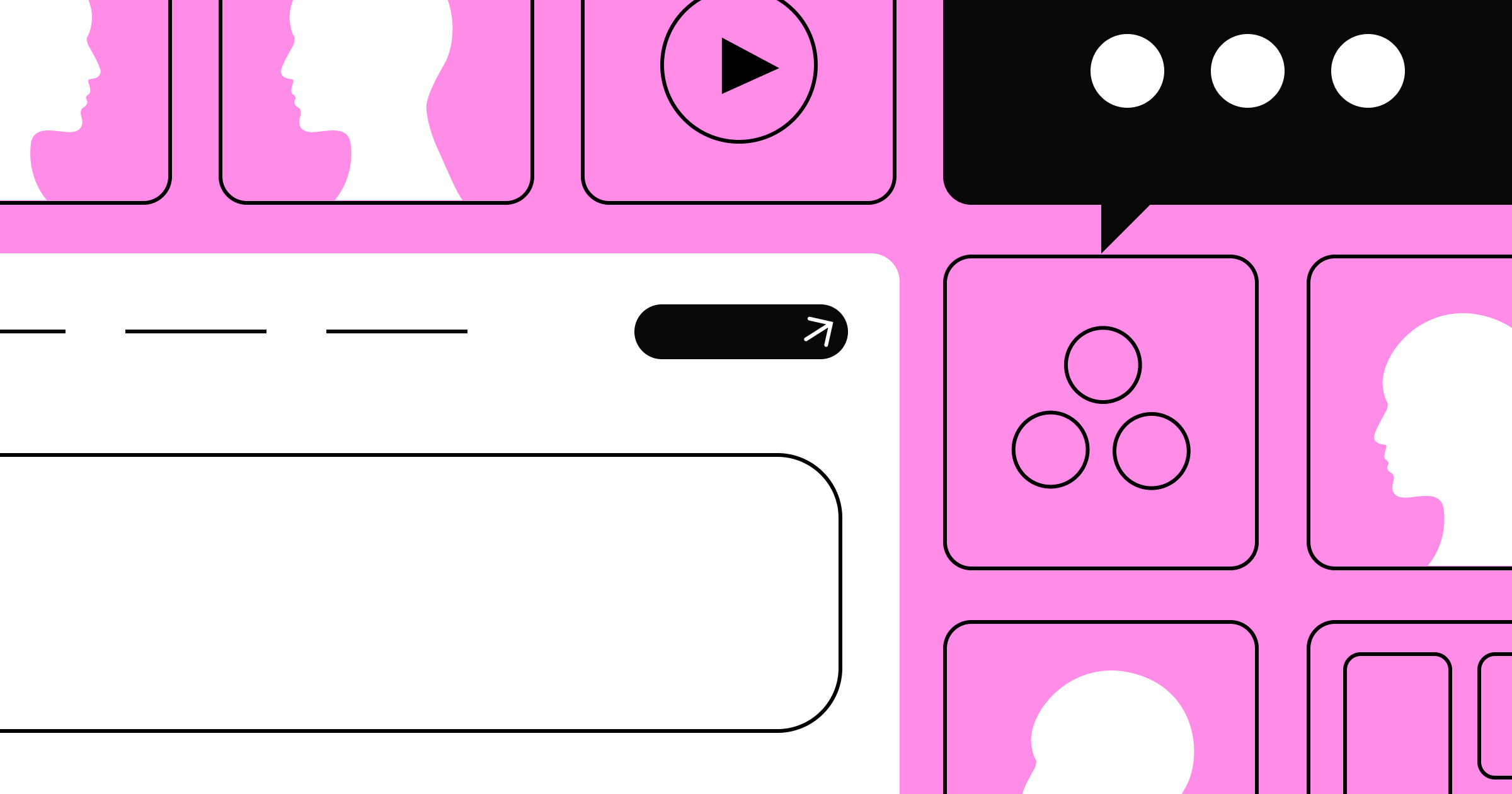
Strategy
How to manage clients in Webflow: A guide to seamless agency-client collaboration

Design
Motion design isn’t just eye candy; it’s UX infrastructure

Inside Webflow
Balancing trust, access, and control on Webflow Enterprise
Popular

Webflow Conf 2025: An invitation to play
The future of the web will be fueled by creativity, built for AI, and powered by Webflow

Unlock exclusive Webflow content
You are now subscribed.


“In many ways, I think AI is what we’ve been missing and waiting for when it comes to design systems.”
Dan Mall, founder of Design System University
Browse all


Expose your Webflow CMS with a simple API
Expose your Webflow CMS with a simple API


Building brand-aware global websites: LILT’s enterprise AI strategy
Building brand-aware global websites: LILT’s enterprise AI strategy


8 web design trends to watch in 2026
8 web design trends to watch in 2026


The AEO voices to watch in 2026
The AEO voices to watch in 2026


Automate job board listings with Webflow CMS and Make API workflows
Automate job board listings with Webflow CMS and Make API workflows


Build automated lead notification workflows using Webflow Forms, Zapier, and Slack
Build automated lead notification workflows using Webflow Forms, Zapier, and Slack


Build dynamic music portfolio sites with SoundCloud and custom Webflow CMS collections
Build dynamic music portfolio sites with SoundCloud and custom Webflow CMS collections


Automate Trustpilot review displays on Webflow product pages
Automate Trustpilot review displays on Webflow product pages


Sync Notion databases with Webflow CMS to build dynamic knowledge bases
Sync Notion databases with Webflow CMS to build dynamic knowledge bases


The true cost of open source CMS
The true cost of open source CMS

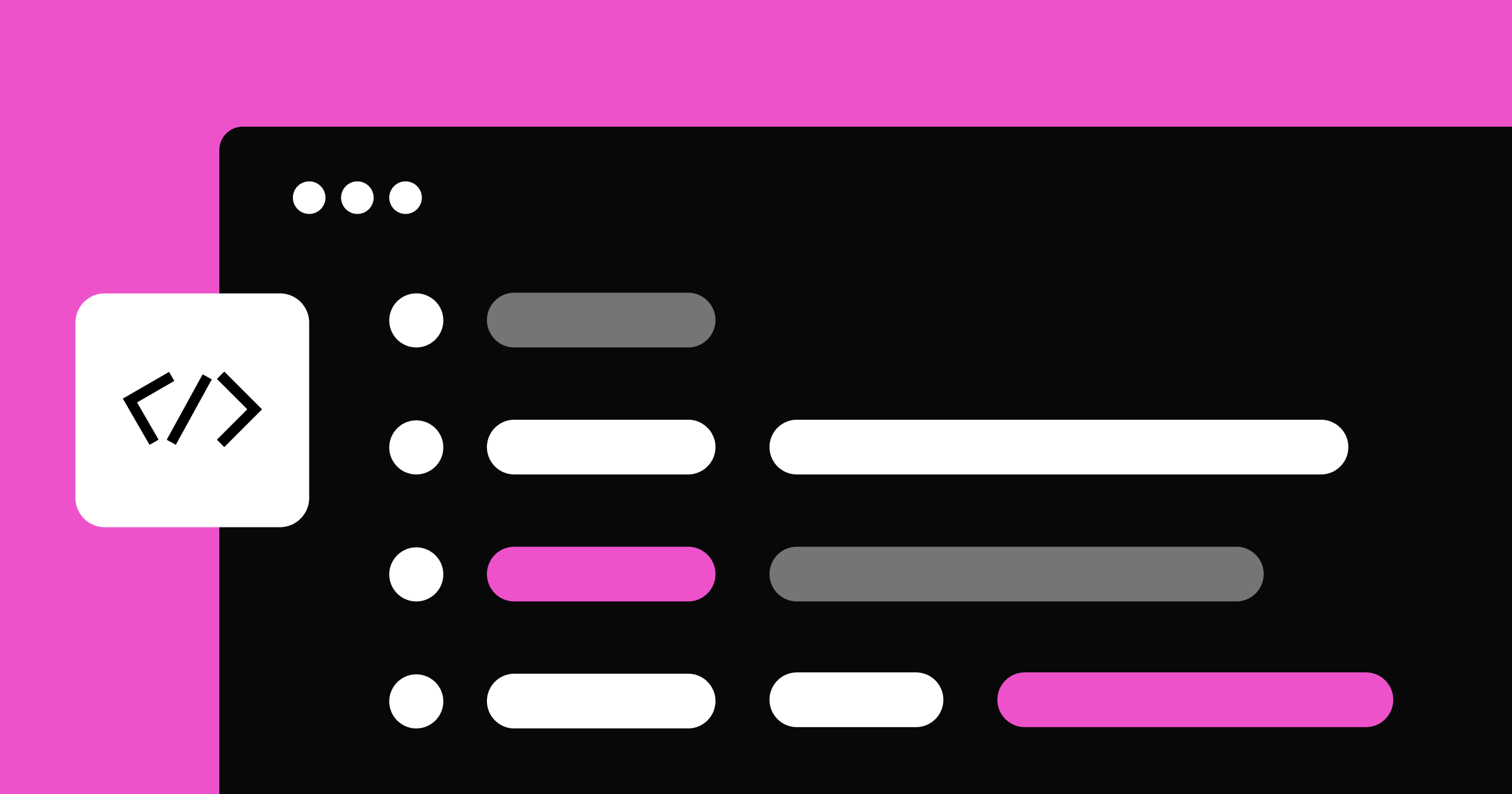
Observability tooling for design systems
Observability tooling for design systems


The first 5 seconds: How motion shapes impressions
The first 5 seconds: How motion shapes impressions
Ebooks and webinars
Get started for free
Try Webflow for as long as you like with our free Starter plan. Purchase a paid Site plan to publish, host, and unlock additional features.
Try Webflow for as long as you like with our free Starter plan. Purchase a paid Site plan to publish, host, and unlock additional features.


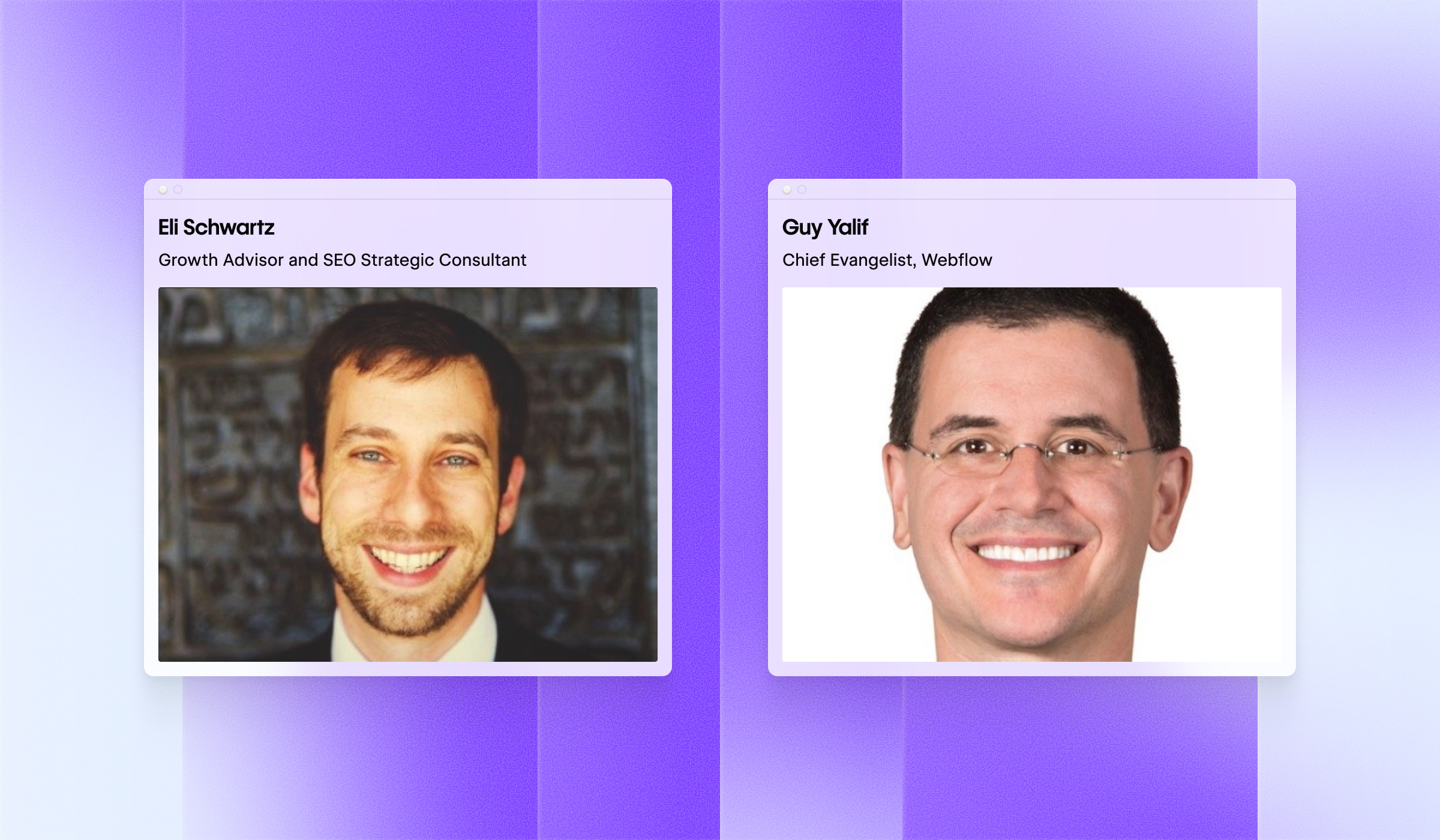


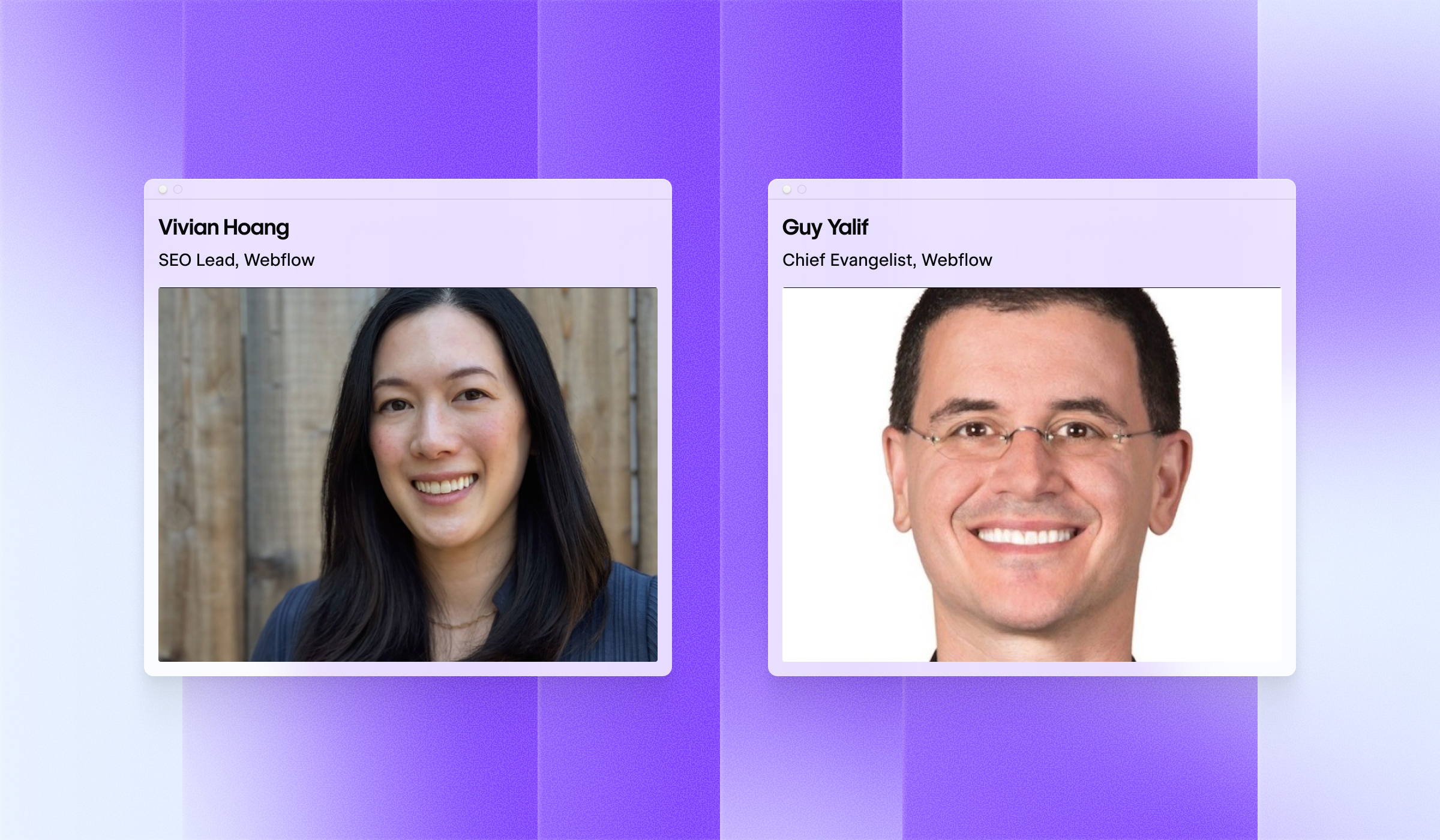
.webp)
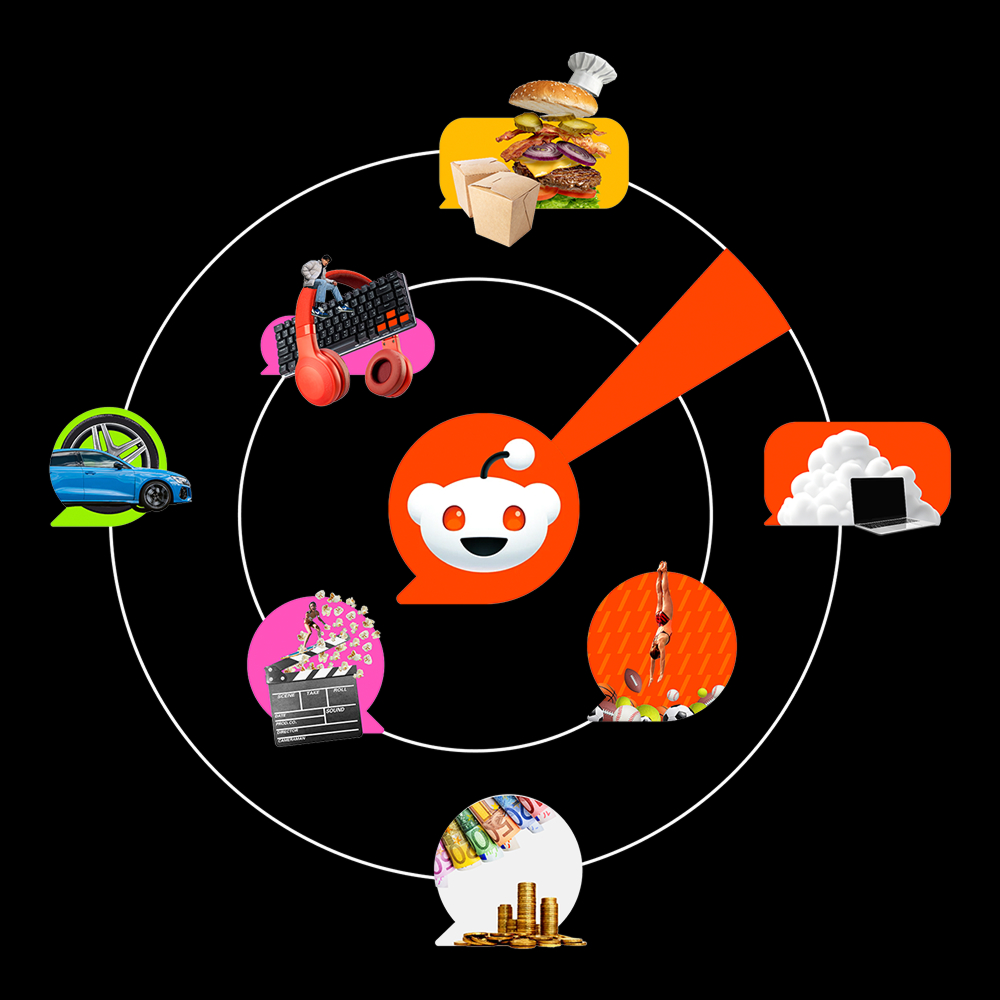

.png)



















